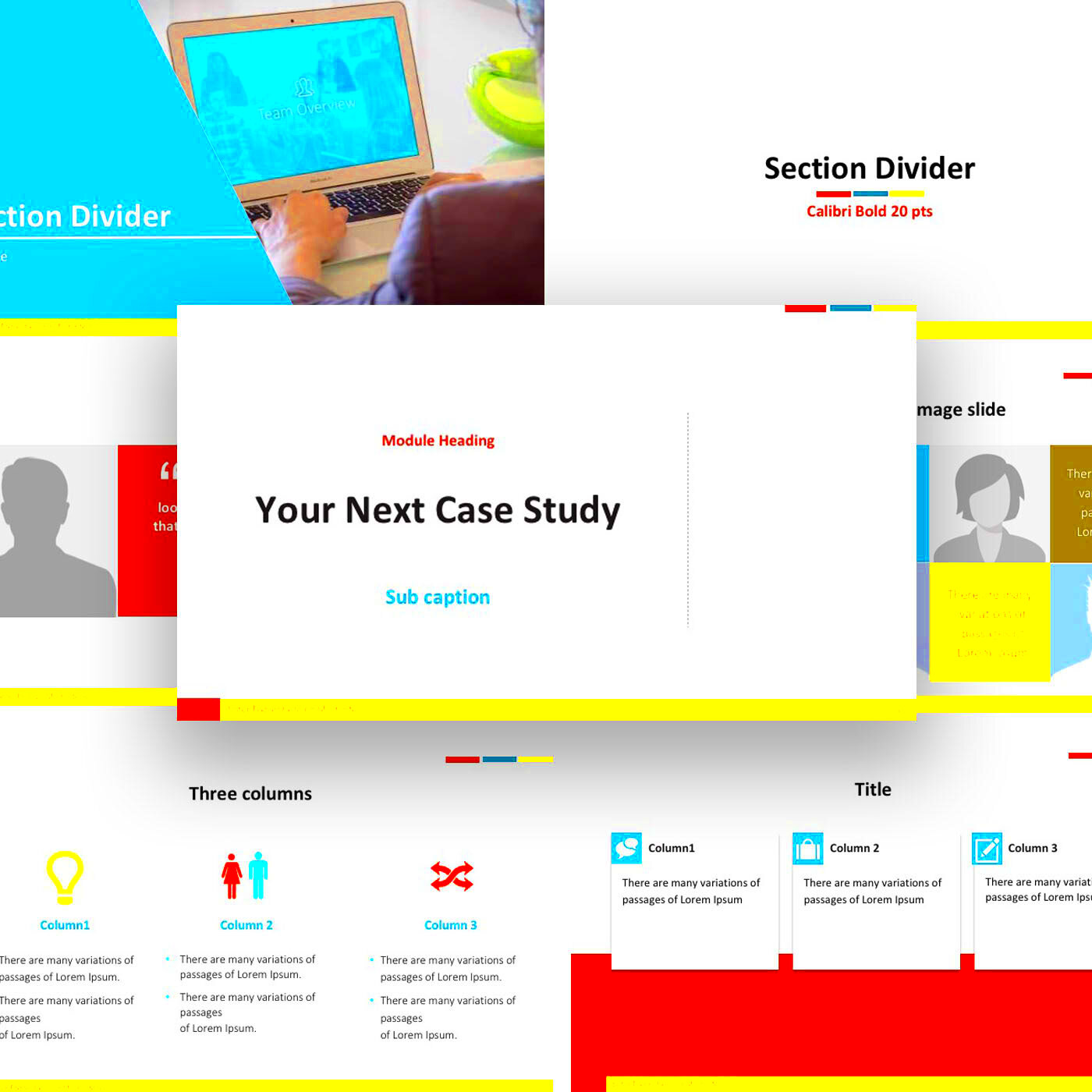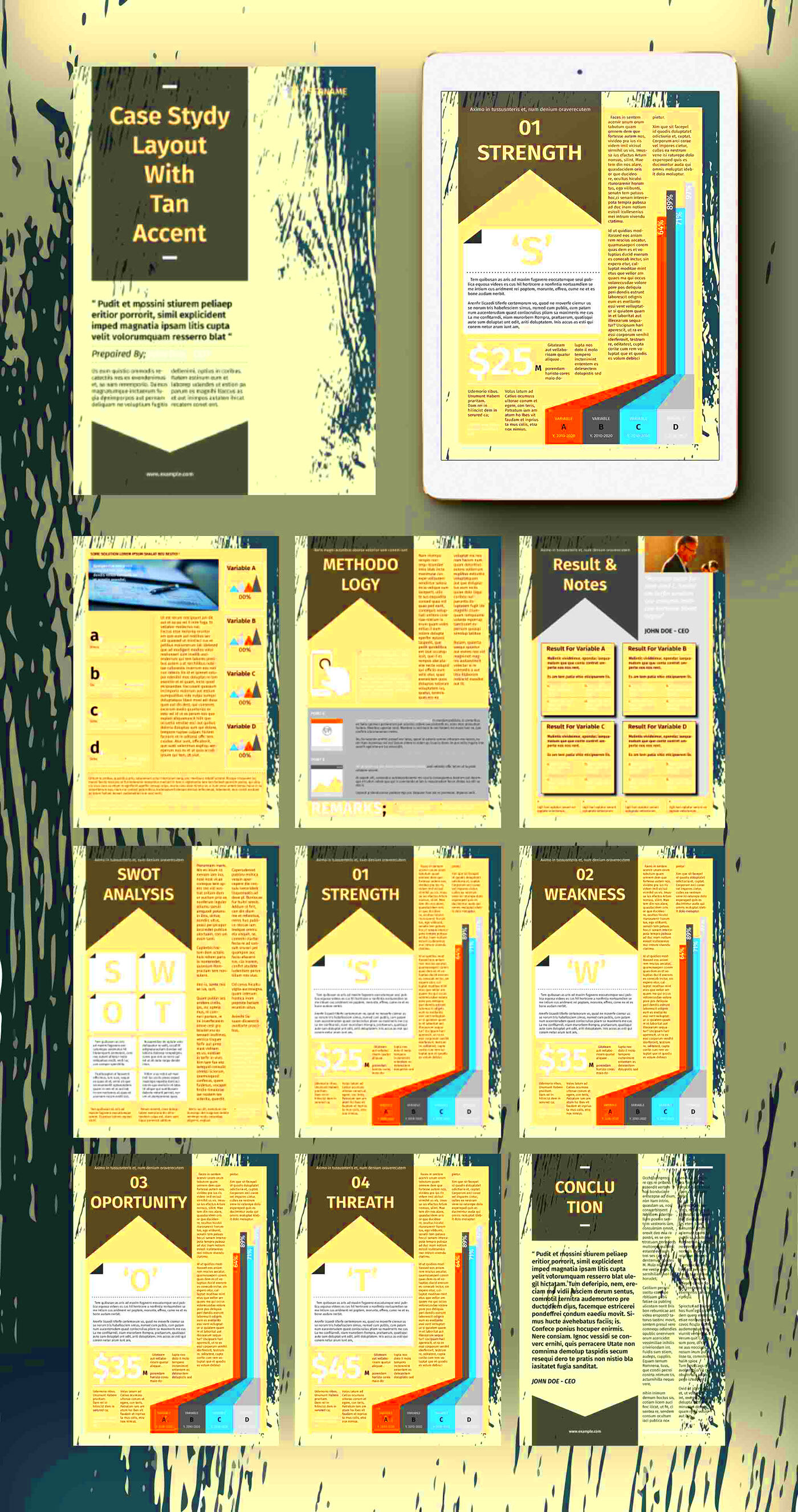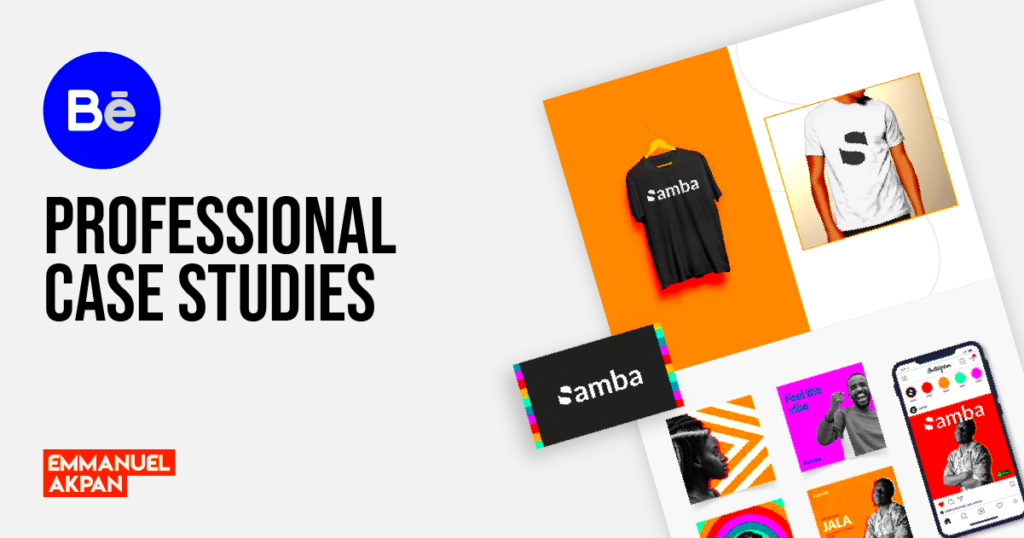A case study is more than just a showcase of your work. It tells a story about how you tackled a problem and achieved results. This storytelling aspect is crucial in design and creative fields, where potential clients want to see your thought process and approach. A well-crafted case study not only highlights your skills but also builds trust with your audience.
Here are a few reasons why case studies are important:
- Demonstrate Your Expertise: They show how you apply your skills to real-world situations.
- Build Credibility: A detailed case study provides evidence of your success.
- Engage Your Audience: Telling a compelling story keeps readers interested.
- Improve Your Portfolio: They enhance your portfolio by showcasing diverse projects.
Identifying Your Target Audience

Knowing who you are writing for is key to creating an effective case study. Your target audience influences how you present your information and what aspects to emphasize. Here are some steps to help you identify your audience:
- Analyze Your Existing Clients: Look at the types of clients you’ve worked with in the past. What industries do they belong to? What challenges do they face?
- Define Your Ideal Client: Create a profile of your ideal client. Consider factors like industry, size, and needs.
- Gather Feedback: Ask your clients what they value most in your work. This insight can guide your focus.
Once you understand your audience, tailor your case study to address their specific interests and needs.
Also Read This: Design Eye-Catching Door Hangers Using Canva Door Hanger Template
Choosing the Right Project for Your Case Study

Not every project is suitable for a case study. To choose the right one, consider the following:
- Impact: Select a project that had a significant impact on the client. This could be an increase in sales, improved brand recognition, or enhanced user experience.
- Challenges Faced: A project with unique challenges can make for an interesting case study. It allows you to showcase your problem-solving skills.
- Visual Appeal: Choose projects that have strong visuals. This is especially important in creative fields.
- Relevance: Ensure the project aligns with your target audience’s interests.
Once you have identified a suitable project, gather all relevant information to create a compelling narrative that highlights your role and the outcomes achieved.
Also Read This: Finding Your YouTube Stream Key – A Step-by-Step Guide
Structuring Your Case Study Effectively
Creating a clear structure for your case study is essential for guiding your readers through your story. A well-structured case study helps the audience understand your process and the results you achieved. Here’s a simple framework to follow:
- Title: Make it catchy yet informative, hinting at the project's focus.
- Introduction: Briefly introduce the project, the client, and the challenges faced.
- Problem Statement: Clearly outline the problem your client was experiencing. This sets the stage for your solution.
- Your Approach: Describe the steps you took to address the problem. This is where you showcase your skills and creativity.
- Results: Highlight the outcomes of your work. Use data and metrics to support your claims.
- Conclusion: Summarize the key points and reflect on what you learned from the project.
Following this structure will help you present your case study in a logical and engaging way, making it easier for your audience to follow along and appreciate your work.
Also Read This: How to Wear Hijab with Style Tutorials on Dailymotion
Gathering and Presenting Your Data
Data is the backbone of any case study. It provides evidence of your success and helps illustrate the impact of your work. Gathering and presenting data effectively is crucial for building credibility. Here’s how to do it:
- Collect Quantitative Data: Look for numbers that showcase your results, such as sales figures, website traffic, or user engagement stats.
- Gather Qualitative Data: Include testimonials or feedback from clients to add a personal touch. Quotes from stakeholders can make your case study more relatable.
- Use Visuals: Graphs, charts, and infographics can help present your data clearly. Visuals make complex information easier to digest.
- Organize Your Data: Use tables or bullet points to present your findings in an organized manner. This helps the reader grasp the information quickly.
By thoughtfully gathering and presenting your data, you can effectively communicate the value of your work to your audience.
Also Read This: How to Create a Channel on Dailymotion for New Creators and Users
Design Tips for an Engaging Case Study
The design of your case study plays a vital role in capturing and maintaining your audience's attention. A visually appealing case study makes it easier to digest information and keeps readers engaged. Here are some design tips:
- Choose a Clean Layout: Use ample white space to create a clean, organized look. Avoid clutter that can distract from your content.
- Use High-Quality Images: Include images that showcase your work. Ensure they are high resolution and relevant to the project.
- Consistent Branding: Stick to your brand colors and fonts. This creates a cohesive look and reinforces your identity.
- Incorporate Visual Hierarchy: Use headings, subheadings, and bullet points to guide readers through the content. Highlight important points with bold text.
- Add Interactive Elements: If possible, include links to your work or related resources. This keeps readers engaged and encourages them to explore more.
By applying these design tips, you can create an engaging case study that effectively showcases your skills and draws in your audience.
Also Read This: How to Add a Link to Your LinkedIn Profile
Using Behance to Showcase Your Case Study
Behance is a fantastic platform for sharing your creative work, and it’s an excellent place to showcase your case studies. With its large community of creative professionals, you can gain exposure and connect with potential clients. Here’s how to make the most of Behance:
- Create a Compelling Project Page: Use the case study structure you’ve developed. Ensure your title is engaging and your images are high quality.
- Write a Captivating Description: Start with an introduction that summarizes the project, then follow with the problem statement, your approach, and the results.
- Utilize Tags: Tags help categorize your work and improve discoverability. Use relevant keywords that reflect your project and style.
- Engage with the Community: Comment on other projects and respond to comments on your work. Building relationships can lead to valuable connections.
- Share on Social Media: Promote your Behance project on your social media channels to drive traffic back to your case study.
By effectively using Behance, you can showcase your case study to a wider audience, potentially attracting new clients and opportunities.
Also Read This: Understanding the Phrase Are You on Telegram and Its Usage
Promoting Your Case Study Beyond Behance
While Behance is a great platform for showcasing your case study, promoting it beyond that can maximize your reach. Here are some effective strategies to consider:
- Leverage Social Media: Share your case study on platforms like Instagram, Twitter, and LinkedIn. Use eye-catching visuals and snippets from your case study to draw attention.
- Network in Online Communities: Participate in relevant online forums or groups. Share your case study where it adds value to the discussion.
- Start a Blog: Write a blog post about your case study. Explain your process in detail and link to your Behance project for readers to explore further.
- Utilize Email Marketing: If you have an email list, send out a newsletter featuring your case study. Include key takeaways and invite readers to check it out.
- Seek Collaborations: Partner with other creatives or influencers to promote each other's work. This can introduce your case study to new audiences.
By promoting your case study across multiple channels, you can increase its visibility and attract more interest in your work.
Also Read This: How to Save Favorites on YouTube TV for Quick Access
FAQs
Here are some frequently asked questions about creating and showcasing case studies:
- What should I include in a case study? Focus on the project background, problem statement, your approach, and the results. Use visuals and data to support your narrative.
- How long should a case study be? Aim for a length of 1,000 to 2,000 words, depending on the complexity of the project. Make sure it’s detailed but concise enough to maintain interest.
- Can I showcase client work without permission? Always ask for permission from clients before showcasing their projects in your case studies. It’s important to respect confidentiality and build trust.
- How often should I update my portfolio? Regularly update your portfolio with new projects and case studies. Aim to refresh your content every few months to keep it current and relevant.
- What makes a case study stand out? A compelling story, clear visuals, and measurable results make a case study memorable. Focus on what makes your approach unique.
Addressing these questions can help you better understand the process of creating and showcasing effective case studies.
Conclusion
Creating an effective case study is a valuable investment in your professional portfolio. By understanding its importance, identifying your audience, choosing the right projects, and structuring your case study well, you can clearly communicate your skills and successes. Gathering data and presenting it in an engaging design will enhance the impact of your work. Utilizing platforms like Behance and promoting your case study through various channels will help you reach a wider audience. Remember to address common questions to clarify your process. With these strategies, you'll be well-equipped to showcase your creative achievements effectively.
